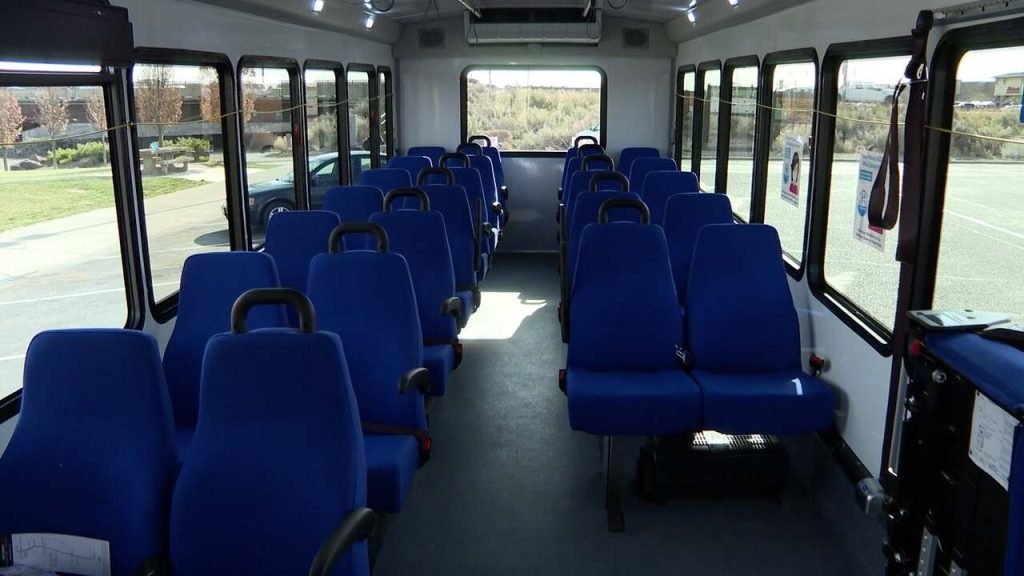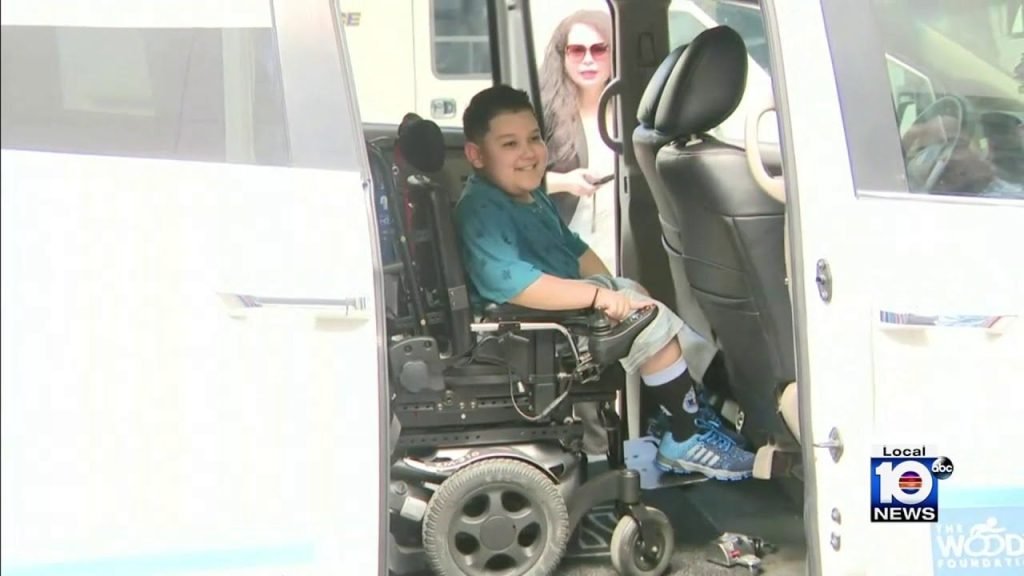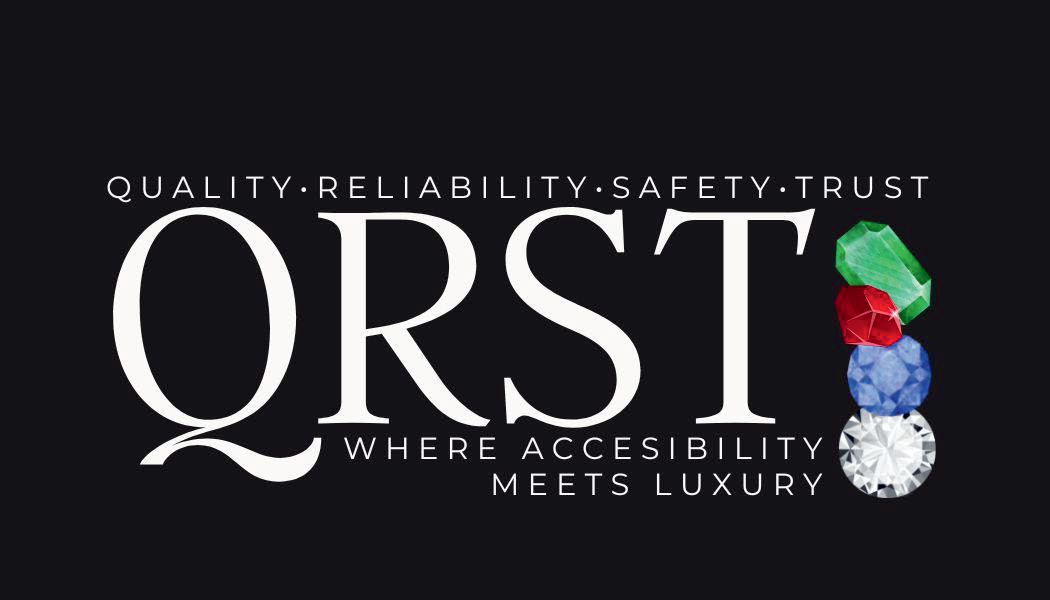Navigating daily life with a spinal cord injury presents unique challenges, especially when it comes to transportation. In the Washington D.C., Maryland, and Virginia (DMV) region, where accessibility and convenience are essential, finding suitable transportation options can be a daunting task. However, advancements in technology and a growing awareness of accessibility issues have paved the way for innovative solutions that aim to enhance the mobility and independence of individuals with spinal cord injuries. In this article, QRST Wheelchair Transportation will help you explore various transportation alternatives tailored to DMV residents with spinal cord injuries.

Accessible Public Transit
Public transportation is a lifeline for many DMV residents, and ensuring its accessibility is crucial. Local transit authorities have taken significant steps to provide accessible buses, trains, and stations, offering features like ramps, priority seating, and audio announcements. Additionally, paratransit services offer door-to-door transportation for individuals with disabilities who are unable to use fixed-route systems. In the DMV region, programs like MetroAccess and TheBus Accessibility serve as valuable options, allowing those with spinal cord injuries to travel with relative ease.
Adaptive Ride-Sharing Services
The rise of ride-sharing services has transformed urban transportation. For individuals with spinal cord injuries, companies like Uber and Lyft offer accessible vehicle options equipped with ramps or lifts, making traveling more convenient. These services can be scheduled on-demand through mobile apps, providing flexibility and reducing the need for extensive planning. However, the availability of these adaptive vehicles can vary, and some challenges, such as driver training and consistent accessibility, still need attention to ensure a reliable option for everyone.
Wheelchair-Accessible Taxis
Traditional taxis have also evolved to cater to the needs of individuals with spinal cord injuries. Many taxi companies now offer wheelchair-accessible vehicles that accommodate both passengers and their mobility devices. These vehicles feature lowered floors, ramps, and restraints to ensure a safe and comfortable ride. While the availability of accessible taxis has improved, issues like long wait times and limited service areas persist. Continued collaboration between taxi services and disability advocacy groups can lead to more comprehensive and reliable solutions.
Shared Mobility Programs
In recent years, shared mobility programs featuring adaptive vehicles have emerged as a promising option. These programs allow users to rent adapted vehicles for short periods, providing the freedom to explore the DMV region without the commitment of vehicle ownership. Organizations like MobilityWorks offer accessible rental vans with features such as wheelchair ramps and hand controls. These programs bridge the gap between public transportation and private vehicles, offering convenience and independence to individuals with spinal cord injuries.
Accessible Biking and Scooter Programs
Innovative initiatives aren’t limited to motorized transportation. Some cities in the DMV region have introduced adaptive biking and scooter programs, allowing individuals with spinal cord injuries to experience a different form of mobility. These programs provide specially designed bikes, tricycles, and scooters that can be used independently or with assistance. While these options might not be suitable for all individuals with spinal cord injuries, they contribute to the diversity of choices available, promoting active lifestyles and community engagement.
Community-Led Solutions
Local communities play a vital role in shaping transportation solutions for residents with spinal cord injuries. Grassroots initiatives, often led by advocacy groups and individuals with disabilities, contribute to raising awareness about accessibility issues. Collaborative efforts between community members and transportation authorities have resulted in improved infrastructure, such as accessible sidewalks, ramps, and designated parking spaces. Moreover, community-driven transportation programs, like volunteer-driven accessible shuttle services, foster a sense of belonging and mutual support. These initiatives not only address practical transportation needs but also promote inclusivity and a more supportive environment for individuals with spinal cord injuries in the DMV region.

Assistive Technology Integration
The integration of assistive technology has significantly transformed transportation options for DMV residents with spinal cord injuries. Wheelchair-accessible vehicles are now equipped with innovative technology that enables individuals to control ramps, doors, and even driving functions using assistive devices. Smartphone apps provide real-time information about accessible routes, transit schedules, and ride-sharing availability. Moreover, advancements in self-driving vehicle technology hold promise for providing independent mobility to individuals with spinal cord injuries, eliminating the need for a driver. As these technologies continue to evolve, they offer exciting possibilities for revolutionizing transportation accessibility.
Accessible Infrastructure Planning
An essential aspect of enhancing transportation for spinal cord injury residents in the DMV region is incorporating accessibility considerations into urban planning. Designing and retrofitting infrastructure with universal accessibility in mind can decrease the challenges in wheelchair transportation and have far-reaching benefits. This includes creating curb cuts, crosswalks, and public spaces that accommodate various mobility devices. Additionally, ensuring the accessibility of transportation hubs like train stations and bus stops fosters seamless transitions between different modes of transport. Collaborative efforts involving city planners, architects, transportation authorities, and disability advocacy groups can shape urban environments that prioritize inclusivity and make independent travel a reality for all residents.
FAQs
How do you transport a patient with a spinal injury?
Patients with spinal injuries should be moved with extreme caution, using proper techniques like logrolling, to keep the spine aligned and minimize movement that could worsen the injury.
What is the proper equipment used to transport an individual with possible spinal or back injury?
Spinal boards, cervical collars, and head immobilization devices are commonly used equipment to ensure proper stabilization during transportation.
How should a patient with a potential spinal injury be transported to the hospital?
When transporting a patient with a potential spinal injury, it’s crucial to maintain spinal alignment and use immobilization equipment, with trained medical personnel, to ensure safe transport.
Can a person with a spinal cord injury drive?
Depending on the level and severity of the spinal cord injury, adaptations like hand controls and modified vehicles can enable some individuals to drive with proper training and adjustments.
Conclusion
Enhancing transportation options for DMV residents with spinal cord injuries is an ongoing journey marked by progress and collaboration. From accessible public transit and adaptive ride-sharing services to wheelchair-accessible taxis and innovative shared mobility programs, individuals with spinal cord injuries now have a range of choices that empower their mobility and independence. While challenges persist, the combination of evolving technology, advocacy efforts, and community involvement continues to drive the creation of transportation solutions that cater to the diverse needs of this community in the DMV region.
